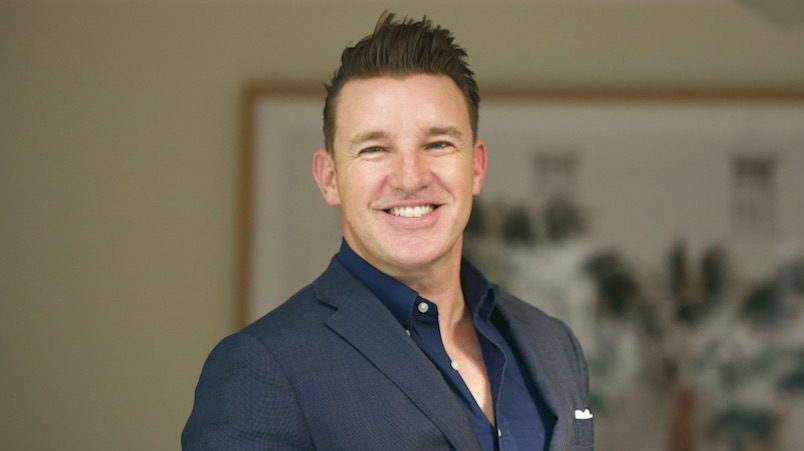Indie agencies eye upside competing with global networks on pitches; push collective media clout

Sam Buchanan: "In some channels, indies make up 40% of media spend, so there's no reason why we shouldn't be on the same page as everyone else."
Independent Media Agencies of Australia (IMAA) boss Sam Buchanan says the industry group has made "serious headway" in uniting a disparate sector and consolidating its collective market power and capabilities with media owners and pitch consultants. Some are now joining forces to take on the larger holding group players for bigger accounts and brands.
What you need to know:
- Indie media agency association, IMAA, has seen membership grow nearly fourfold to 75 agencies since launching in early 2020.
- Publishers and media owners often take months to brief in a new development, product or service to indie agencies versus near instant updates to the larger agency groups. IMAA is serving as a single gateway for its 75 member agencies across Australia
- "In some channels, indies make up 40% of media spend, so there's no reason why we shouldn't be on the same page as everyone else," says IMAA GM Sam Buchanan
- A world-first trade credit deal is a key development for IMAA members
- IMAA agencies were collaborating to take on global networks in larger pitches.
United front
Since launching on a boat in Sydney Harbour with a handful of early members, the Independent Media Agencies of Australia (IMAA) has grown fourfold to over 75 businesses.
Earlier this year, the industry body appointed its first GM, former Fairfax sales executive Sam Buchanan.
Five months in, Buchanan told Mi3 the organisation was capitalising on the "era of the indie" by leveraging better relationships between publishers and agencies and getting on more pitch lists.
He said the organisation had secured a "world first" trade credit insurance deal, which protects agencies from bad debts including unpaid invoices caused by client bankruptcy and receivership, and broader payment defaults.
"That was a massive win for us and our members and really solidified our place as a valuable part of the independent media agency sector," Buchanan said.
"This deal, alongside the growing number of publishers that will directly partner with us, means we are doing more than just promoting indies as a conversation."
Buchanan said a big part of the IMAA's dealings was now focused on generating further partnership agreements with Australia's major media vendors.
The body has already inked ties with the likes of Nine, SCA, Seven, oOh!Media and Spotify, as well as more recently, LinkedIn, Gumtree and Val Morgan. Media owners privately like the prospects of a strong indie sector to ensure a counterforce to the big international agency networks.
Buchanan was blunt on the subject of publisher deals.
"One of the holes that we come across a lot when we speak to our agencies is education, particularly when we talk about new developments from publishers," he said.
"Often a new development, product of service can take months to be briefed into indies, whereas the larger agency groups has an almost instant update. Now there is one point of call for 75 agencies across Australia.
"In some channels, indies make up 40% of media spend, so there's no reason why we shouldn't be on the same page as everyone else."
Team indie
Buchanan said another byproduct of the group's formation has been a better dialogue between member agencies.
Many were starting to work more closely together, providing services and support to each other, particularly in specialist areas.
This has also involved some agencies combining their efforts and capabilities to take on larger pitches, more commonly involving global agencies.
The IMAA approached multiple pitch consultants towards the end of last year, with the intent of landing on more pitch lists.
"We've worked closely with the pitch consultants and what we’ve done is create a database and directory of all of our members. This includes skillsets, location and specialities," Buchanan said.
"Since then, they’ve all but guaranteed that we will see more indies appearing on pitch lists and now that they know how to navigate them and aware of what they offer, it makes it a little easier.
"Often we know there is a tendency to avoid the less-travelled road and lean towards having the same agencies on a pitch and that's something we intend on making considerable headway in changing."
Buchanan said the "era of the indie" was well underway and that growing the level of client wins, alongside publisher tie ups, would only advance the role of indie agencies with brands.
However, he said the onus was also on the members to keep up the pace and capitalise on the growing trend of brands looking to "put faith in local business".
"We don’t want to disrespect holding groups but there are a lot of post-covid trends. One that has emerged and is being felt by indies in our body is the desire for Australian businesses to support Australian business," Buchanan said.
"Holding companies continue to rework their models, so if we use this time to get the message of what we do out there a little bit more eloquently, then there's a real opportunity to level the playing field and keep the money locally.
"This can't be a 'flavour of the month' scenario - the window is wide open for the next few years and we can't let it be slammed in our face."
